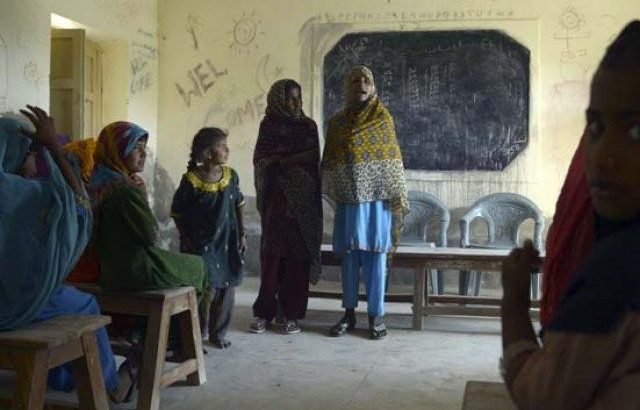Manuel Navarro Weckmann
Nos encontramos en un periodo en el que se presentan y autorizan presupuestos, en este sentido, resulta muy importante el poder observar aquellos puntos en donde se deba de generar la idea de mejora, para colocar en el diálogo de la sociedad, aquellas circunstancias que se consideran pertinentes en este tiempo.
La educación, por la implicación que tiene en el contexto nacional, con 35 millones de estudiantes, más de un cuarto de millón de escuelas y alrededor de 2 millones de Trabajadores de la Educación, representa siempre un foco de atención, por lo que la Secretaría de Educación Pública (SEP) obtendrá un total de 280,969 millones de pesos en el marco del presupuesto para este 2018, el cual será del orden de los 5 billones 279,667 millones de pesos.
Al margen de los aspectos globales de este presupuesto, no debe de pasar desapercibido que, por cuarto año consecutivo, según datos de la Secretaría de Hacienda y Crédito Público (SHCP), se ha incrementado en un 45% el costo financiero del sector público.
Otra circunstancia que nos debe de ocupar, tiene que ver con los recursos que se aportan hacia el Consejo Nacional de Ciencia y Tecnología CONACyT), de donde se desprende gran parte del actuar de las Instituciones de Educación Superior de nuestro país, el cual, a pesar de que se asignaron 300 millones de pesos adicionales, va a contar con un presupuesto similar al del año 2014, así como el nulo aumento presupuestal a la educación indígena o el recorte al sector cultural en México.
Un claro punto de lo afirmado anteriormente, tiene que ver con la poca importancia que el gobierno federal brinda a los sueldos en el magisterio, como afirmó Claudia Costin, profesora de la Escuela de Educación de la Universidad de Harvard y exdirectora de educación del Banco Mundial a inicios de esta semana en el marco del Foro Mundial para la Innovación de la Educación WISE 2017, celebrado en Doha, Qatar, quien afirma que se requiere que México invierta “Más dinero porque uno no va a volver atractiva la carrera de profesor si se paga tan mal a los profesores, entonces, ¿cómo atraer talento para la profesión más importante de una sociedad, que es la transmisión de los conocimientos y las competencias para el futuro, si se paga tan mal a los profesores?”.
Afirmó además que lo que México invierte, que es el 5.2% del Producto Interno Bruto (PIB) es muy poco y es superado por muchos países, de ahí que ello sea, además de las lamentables decisiones en el ámbito educativo por parte de las Secretarías del ramo de los diferentes niveles de gobierno, un factor muy importante de los lamentables resultados de la educación mexicana en exámenes internacionales como PISA, TALIS entre otros.
Lamentablemente la discusión en nuestras y nuestros legisladores más que en estos aspectos, se centró en la viabilidad de su “bono de marcha” en el que, por ejemplo, cada senador recibirá 2.4 millones de pesos por Seguro de Separación Individualizado, cantidad que se aleja mucho de lo que un trabajador común termina su relación laboral por haber servido 6 años a su empresa.
Fuente del articulo: http://www.educacionfutura.org/la-logica-del-presupuesto/
Fuente de la imagen: http://www.educacionfutura.org/wp-content/uploads/2015/03/presupuest









 Users Today : 89
Users Today : 89 Total Users : 35460106
Total Users : 35460106 Views Today : 110
Views Today : 110 Total views : 3418741
Total views : 3418741